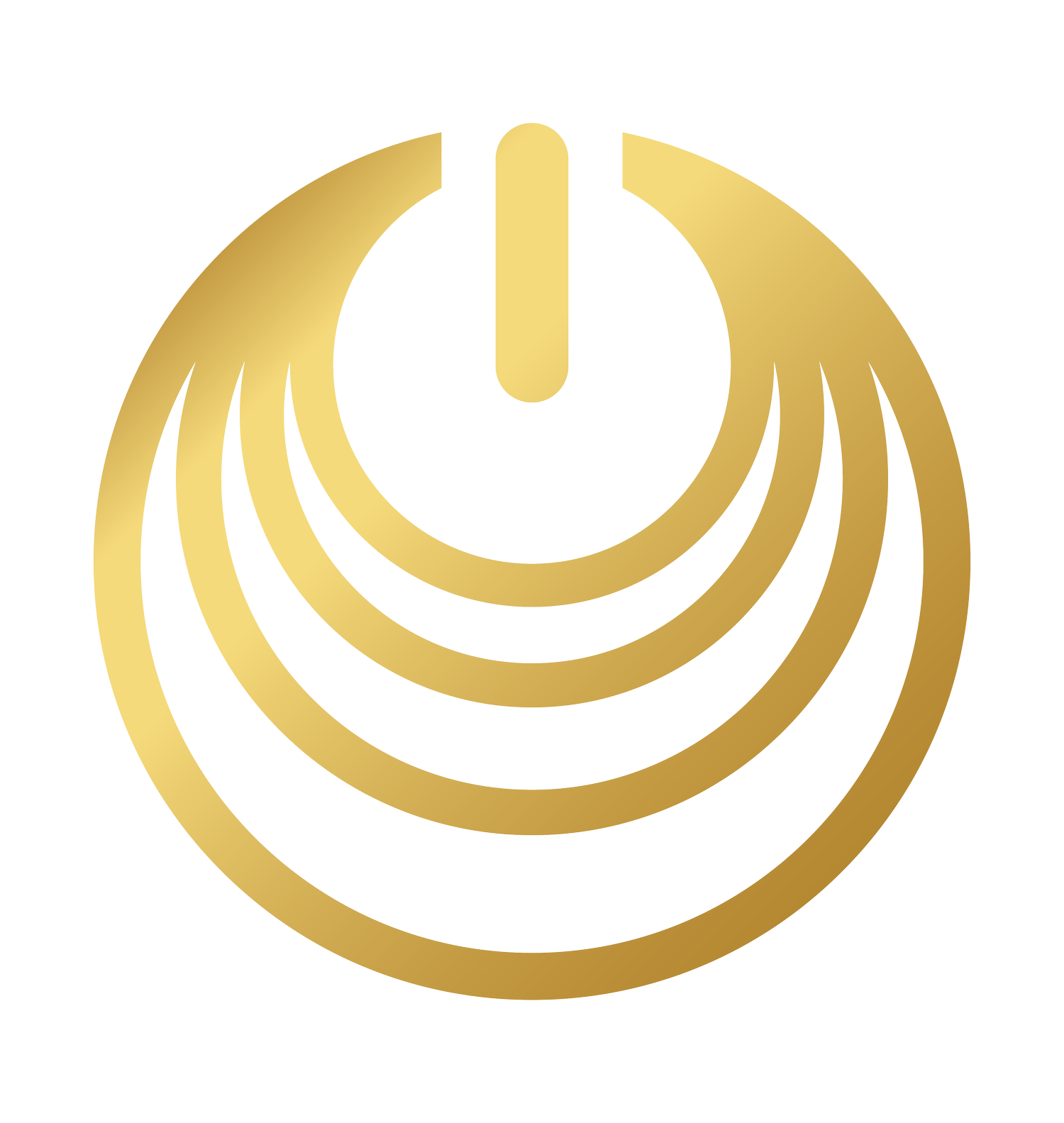The Delicate Balance of Social Capital Authority and in Creative Companies
tl;dr - Leaders who balance authority with social capital unlock not only creativity and innovation, but also stronger long-term performance. And for CEOs, mastering this balance doesn’t just serve the company—it creates better opportunities when it’s time for their next move.
______
The best leaders understand that two forces drive how they lead: authority and social capital. Each plays a different role, and the balance between them determines whether organizations merely comply or truly thrive.
Authority, by nature, is transactional: “Do X, or else Y.” CEOs and senior leaders inherit a high level of authority, and for good reason—authority empowered one to set firm boundaries. Without these boundaries, organisations can drift into chaos. But boundaries alone are not enough. Social capital—built on trust, goodwill, and reciprocal relationships—provides the invisible currency of influence. Leaders with high social capital don’t just get listened to because people have to (authority), but because they want to. With it, they can rally others around ideas, inspire extra effort, and create the conditions where innovation thrives.
Social capital is earned slowly, through non-transactional behaviors: listening deeply to individuals and the system as a whole, showing respect, acting consistently, recognizing contributions, and demonstrating a genuine commitment to others’ success. This is how leaders set expectations—not through enforcement, but through influence. Expectations that are co-created and internalized drive commitment, not just compliance.
When the balance tips too far toward authority, problems emerge. Boundaries without expectations feel like walls, not guardrails. Trust erodes, people lose their sense of voice and agency, and soon they retreat into minimum effort. Creativity and innovation spiral downward.
Authority may deliver results in the short term, but it’s not sustainable. In organizations powered by collective intelligence and creativity, even a brief reliance on heavy-handed authority can stall momentum and damage credibility. Worse, it can spark a destructive cycle: innovators “check out,” performance dips, and leaders—desperate for results—lean even harder on authority.
From a Board of Directors’ perspective, breaking this cycle leaves only two options: replace the CEO, or help them take the longer path of rebuilding social capital, restoring trust, and re-establishing a culture where boundaries and expectations work in tandem.
